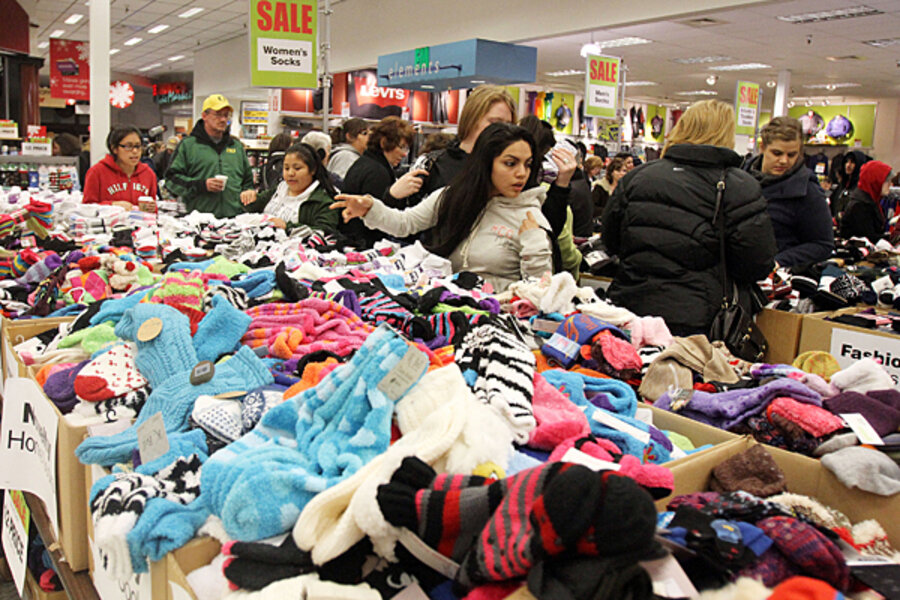Before you trash it, wear it out
Loading...
I’m actually pretty proud of myself when I use an item until it’s genuinely worn out.
I’ll hold onto socks until the toes have gaping holes in them. I will wear t-shirts until they’re beaten into oblivion. I’ll use razor blades until I’m scared I’m going to badly cut my neck or cheeks with them (and with a razor blade sharpener, that takes a good long time). I’ll use a toothbrush until it’s bordering on scary.
For me, it’s not really a matter of saving money, though that’s certainly a bonus. It’s more of a matter of not throwing things away until I actually need to do so. A pair of socks worn another time is a pair of socks not yet tossed into a landfill somewhere, after all.
I often turn this into a personal challenge. How many uses can I get out of this razor blade? Can I get another wear out of these socks before Sarah has a fit?
When you start carrying that philosophy to more and more of the things you own, you begin to change your approach toward your possessions.
Minor flaws become more tolerable. For example, our crock pot has a broken handle on the lid. At some point, the lid of the crock pot fell on the floor, shattering the handle into a bunch of pieces.
Now, this makes the crock pot a bit more difficult to use, but it’s not an excuse to just toss it out. A bit of leverage with the wrong end of a spoon or with a butterknife and the lid comes right off.
Repairs become worthwhile projects. I’ve repaired ancient computers. I’ve repaired the internals of several different electronic children’s toys. Sarah has hemmed and then re-hemmed many pairs of children’s pants. Earlier today, I spent about an hour coaxing an old iPod Touch back to life.
A repaired object is one that has a new lease on life. It’s one that’s going to see more use before it ever hits the trash.
Certain things you used to toss now become things you save. If I receive a package with packing peanuts inside, I used to just toss them. Now, I save them in a bin in the garage. If I need to ship out a package myself, I just use those peanuts to make sure the package is secure.
Instead of tossing cardboard boxes in the trash, we break them down and save them until we have a lot built up. If we find uses for them, great. If not, we have a vehicle load to take to the recycling center.
It’s vital to remember through all of this that saving money is just a perk. The main motivation for us is to take less trash out to the curb each week, which means that there’s less trash filling up a landfill somewhere, which means a smaller problem for future generations to deal with. Trash might be out of sight and out of mind, but it will have to be dealt with someday.
Wear things out. Repair things that can be repaired. Find new uses for stuff. Minimize the trash you throw out. Not only will you save money, you’ll also quietly give a bit of assistance to your grandchildren and great-grandchildren.






